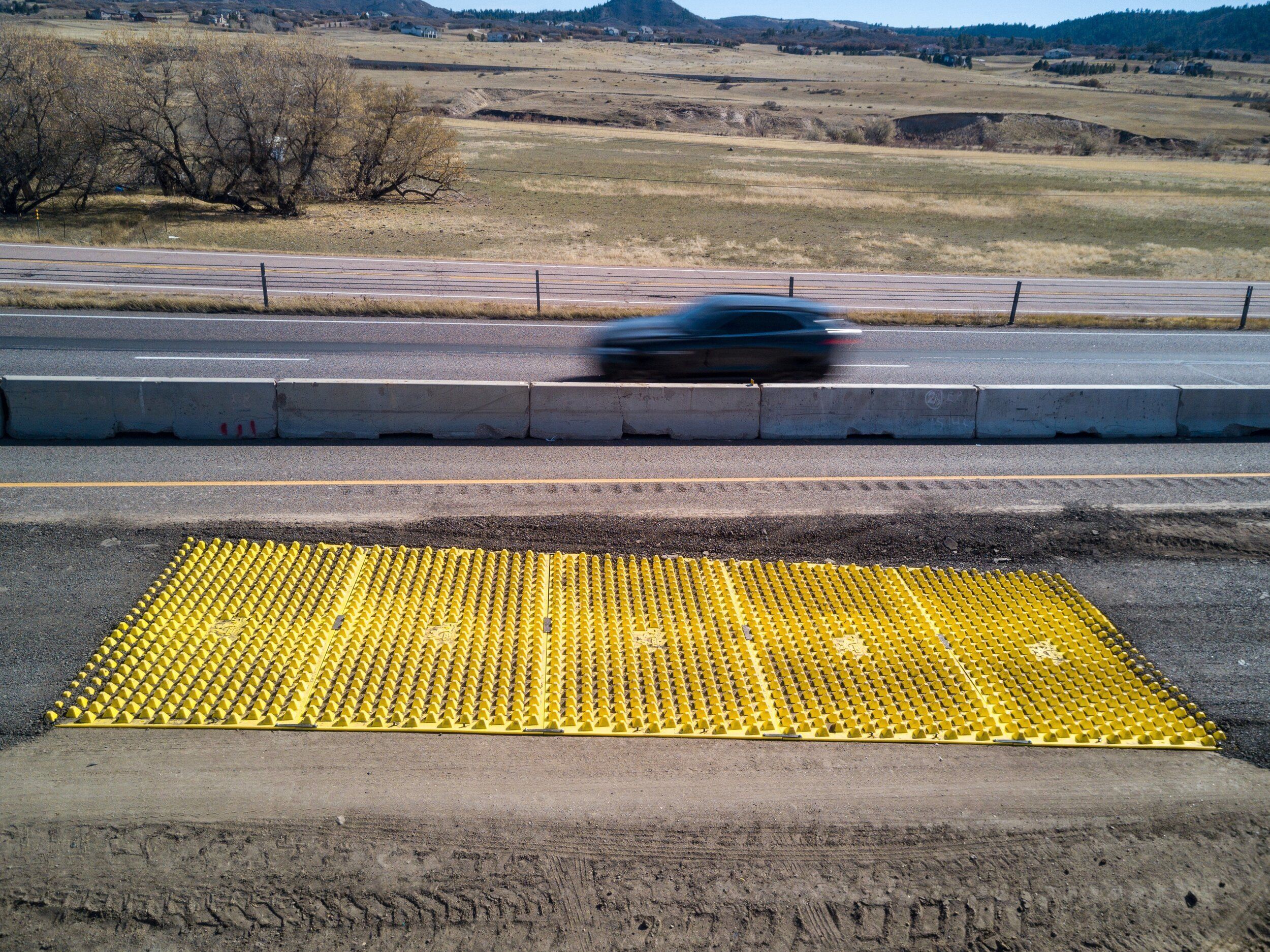Delaware Stabilized Construction Entrance BMP
There are 27 major rivers and creeks that run through the state of Delaware. Additionally, Delaware’s minor stream system consists of 437 smaller waterways that connect the stormwater from across the state. The largest of Delaware’s rivers is also the namesake of the state: the Delaware River. The Delaware River drains a total of 13,500 square miles of land in Delaware, New Jersey, New York, and Pennsylvania. This watershed is mostly forested land, yet the waters in its banks provide drinking water to 17 million people. The Delaware River’s rich history includes transportation of wine, aiding in developing industries, and strategic efforts during the American Revolutionary War.
Economically, Delaware became a hub for manufacturing and industrial growth after World War II. As regulations developed, industrial sites and construction managers work to bring the best practices to the state to protect the water quality and local ecosystems. Residents, businesses, operators, and the government alike work together to set standards and guidelines for water purity protection.
Delaware Department of Natural Resources and Environmental Control (DNREC) NPDES Permits
The Clean Water Act (CWA) of 1972 sparked laws and guidelines for industries and construction projects to mitigate pollutants introduced into the watershed system. The Act resulted in the creation of the National Pollutant Discharge Elimination System (NPDES) Permit Program which regulates all discharges into the nation’s surface waters. This permit program requires industries and construction operators to minimize sedimentation and contaminant levels to safe limits established by the state.
In the state of Delaware, the Department of Natural Resources and Environmental Control (DNREC) administers the NPDES Permit Program. Operators of industrial, municipal and construction sites must obtain permit coverage before beginning activities. Any construction sites that disturb an area of one acre or more must obtain NPDES stormwater permit coverage coverage. Many construction projects can obtain coverage through the Construction General Permit (CGP) by submitting a Notice of Intent (NOI) along with a site planning documentation including a Storm Water Pollution Prevention Plan (SWPPP).
A SWPPP is a document that specifies all potential sources of pollution on the job site and indicates which techniques or measures will be taken to contain the pollutants on site. These measures are called Best Management Practices or BMPs, and in many cases, BMPs are used in combinations to address a single pollution source.
The DNREC creates the Delaware Erosion and Sediment Control Handbook to assist the SWPPP planning and development process for contractors and engineers. This handbook includes standard devices and methods used to prevent the site from negatively affecting the storm water, including soil testing, dust control, mulching, and stabilized construction entrances.
Stabilized Construction Entrance (SCE) BMP Details
A construction entrance is usually one of the first practices implemented by an operator before other construction activities begin. Construction entrances stabilize the heavily trafficked ingress/egress points and are designed to minimize off-site tracking from vehicles and equipment that is exiting the site onto public roadways. This BMP is installed at every access point on the site to ensure each sediment source is minimized and contained.
The construction entrance (SCE) BMP is used in conjunction with other BMPs, such as daily street sweeping and sediment basins, to capture runoff. Street sweeping or scraping is conducted on a regular basis and after every rain event to ensure sediment and debris is captured before entering storm drains.
There are several options for designing and building an effective Stabalized Construction Entrance and each has its own maintenance routine that must be observed.
The FODS Stabilized Construction Entrance System is a modular, reusable BMP designed to minimize construction site track out. The system is comprised of durable 12’ wide by 7’ long matting, which is formed into pyramids. The pyramids create a rough surface, which causes tire treads to spread open and release trapped debris.
Compared to traditional techniques, FODS offers several benefits to site operators. The FODS system does not degrade or become compacted over time and is up to 59% more effective than aggregate-based systems. FODS can be installed over any substrate and do not require any power or water source to operate. Because the system does not use rock, there is no risk of rocks entering the roadways or being expelled from dual-tire vehicles.
Because the system is more effective than rock, the mats are well-suited for compact work environments. A 1x5T mat configuration (35’ long) is commonly used to replace a 70’ rock entrance while providing a wide turning radius for exiting traffic. The mats provide a significant savings to contractors as they can be reused for 10+ years, eliminating the cost of construction entrance materials. FODS can be installed in as little as 30 minutes and can be anchored to dirt or on concrete and asphalt in urban settings.
The system is easily deployed in as little as 30 minutes, which allows contractors to relocate and reuse the system as needed on each project. The mats are designed to be reused on multiple projects throughout their 10+ year lifespan.

